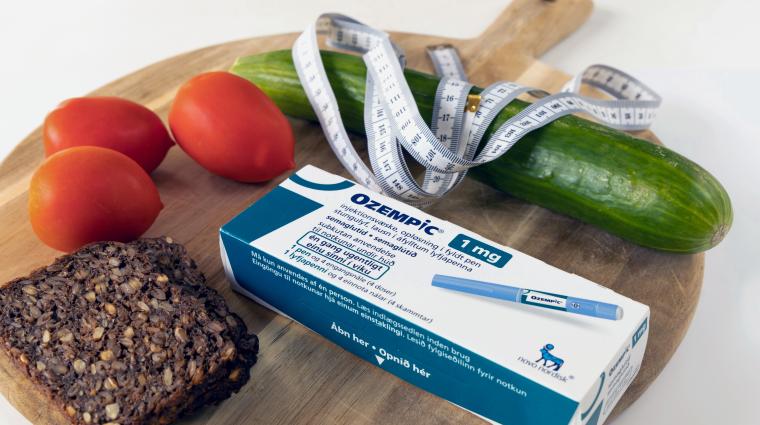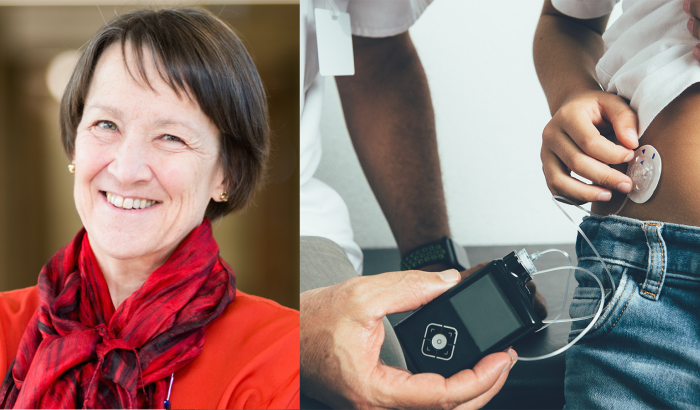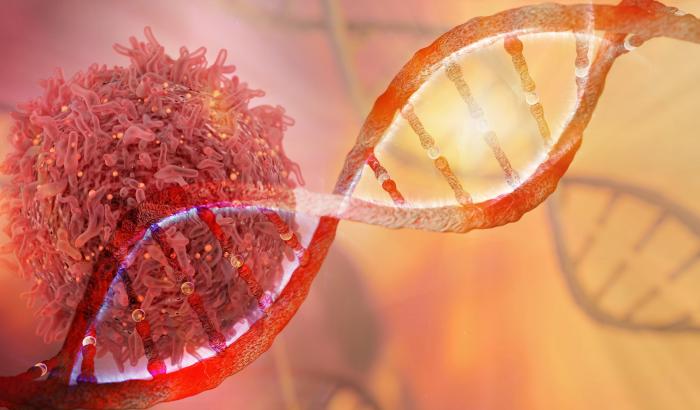FNR & Moast Creative Studios
Caroline Chata from the Luxembourg Institute of Health
Explaining their research in less than 90 seconds: 7 young researchers from Luxembourg took up the challenge in the new video series "My research in 90 seconds". In this episode, track pollutants through your hair with Caroline Chata! More about this in the video - and further details in her article below.
Thanks to CSI, the famous American TV series, we all know that hair can solve a crime by giving the DNA of the assassin. However this is not the only information that can be gleaned from hair. A strand of your hair is a mirror of your past consumption of legal or illegal drugs as well as of your exposure to pollutants.
In my research I want to better understand the mechanisms by which pollutants are incorporated into hair and see if it is possible to precisely link the concentration of pollutants in the hair to the level of exposure to pollutants.
How are we exposed to environmental pollutants?
In everyday life, we are exposed to many different chemicals in our environment, and some have harmful effects on our health.
For instance: when you eat an apple, you also ingest the pesticides with which the apple was treated. When you savour a BBQ steak, you eat “polycyclic aromatic hydrocarbons” that form on the surface of grilled meat and are carcinogenic. And this is not only true for food intake: If you have a cat with a flea treatment, you are exposed to chemicals too. There are so many sources of pollution and people are often not aware of them. That is why it is essential to monitor environmental exposure.
Why hair and not blood or urine?
Blood and urine are the usual biological materials for assessing environmental exposure. However, hair presents many advantages: First, hair sampling is non-invasive and really easy in comparison to blood sampling, which requires a skilled person for the collection. Second, storage is easier as hair can stay at room temperature. Finally and most importantly, the window of detection in hair, which corresponds to the time following exposure during which pollutants are detectable in the sample, is more suitable for studying long-term environmental exposure. Indeed blood and urine reflect the exposure of the few hours before sampling. However hair can give information about the last month of exposure if the sample is 1 cm long.
How are the chemicals incorporated into hair?
When you ingest pesticides present in food, they cross the intestine to reach the blood and are then transferred to hair cells which are developing in the scalp. Once cells emerge from the bulb, chemicals are trapped in the cell and remain unchanged for years. The segment of hair with the trapped chemicals is just moving along with the growth of hair. As hair grows one centimetre per month, the exposure to chemicals can be established up to several months later depending on the length of the strand. So, if someone has hair that is 36 cm long, we can retrace his exposure for the last 3 years!
How can we link the concentration of chemicals in hair to the level of exposure to pollutants?
Until now, the relationship between the concentration of chemicals in hair with the level of exposure to pollutants has not been established, let alone the link with any disease. We can analyse hair samples and quantify some pollutants however we can only make relative comparisons between samples. We can just say that someone is more exposed to a chemical than another.
To link the concentration of chemicals in hair to the level of exposure, we need to perform controlled exposure experiments. As we cannot use humans for a controlled exposure to pollutants, we work with small animal models strictly respecting national and European regulations for animal experimentation and welfare. Rats are exposed to several pesticides at known low concentrations mimicking the human situation, and at the end of the experiment, blood and hair are sampled and analysed. We can hence study the relationship between the level of exposure, the concentration in blood and that one in hair.
Our ultimate goal will be to find a rule which could describe the level of exposure versus the concentration of chemicals in hair and also find a link with some diseases. In short, hair is a better option than blood and urine for human biomonitoring and this is good news if you are afraid of blood sampling.
Author: Caroline Chata
Video: Jean-Paul Bertemes (FNR) & Moast Creative Studios







